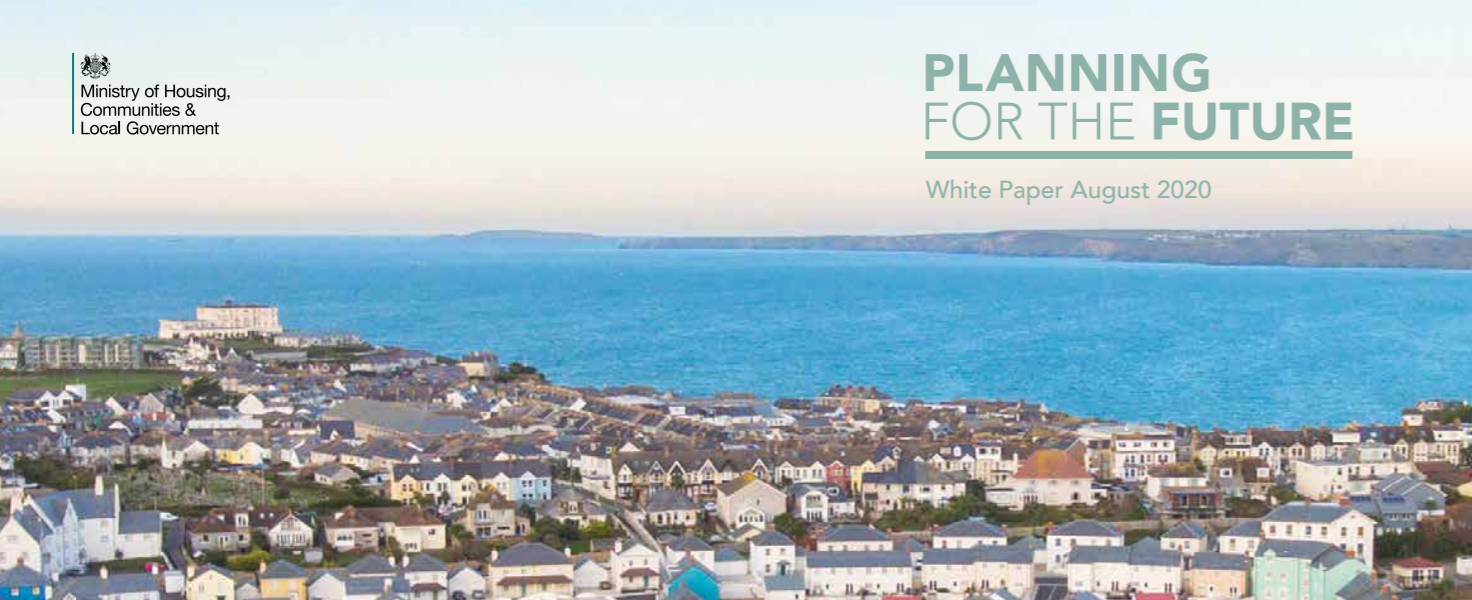Our response to the 'Planning for the Future' White Paper

The government’s Planning for the Future White Paper has potential to create some of the biggest reforms to our planning system since the Second World War.
In the context of the climate crisis and as a result of Covid-19, the way that new homes, workplaces, shops, leisure and community facilities are planned and designed is under the spotlight more than ever before. There is potential for enduring, positive change for people across the country – many of whom have not previously engaged in the planning system. The challenge, now, is to design a new system that will successfully bring this opportunity into reality.
Design Council has for decades championed and demonstrated the power of the built environment to make life better for all. We welcome the opportunity to contribute to the consultation and have provided a detailed response to MHCLG.
Sue Morgan, Acting Joint Chief Executive of Design Council, said: “The White Paper’s strong focus on design and beauty has the potential to bring about a significant and much-needed shift in our built environment, shaping the health, wellbeing of people and the sustainability of our places across the country.
“But successful planning reform should focus, first, on the outcomes we want to reach before considering the best systems for delivering them. We need to look at what the people who live, work in and use these homes, communities and neighbourhoods really need and ensure that the planning system enables sustainable, healthy lives for all.”
Our response has been shaped by the contributions from many of our 450 Built Environment Experts (BEEs), who provided written submissions, took part in a roundtable discussion and are quoted throughout our response.
At the heart of our submission are seven key themes:
- Putting people at the heart of building new places
- Addressing the climate crisis
- Supporting healthy lives
- Championing high streets and town centres
- Active travel and connectedness
- Nature at the heart
- Delivering Design Quality
This final point is key,” Morgan adds. “A new Design Quality Unit – an authoritative, agile, independent body focussed on supporting and strengthening the existing network of delivery agencies – would provide a framework for delivery and set standards for training and advice.
“Our work with the Place Alliance has already highlighted the importance of such a body. We continue to see the wide-reaching benefits it could offer and set out in detail in our White Paper response how such an organisation could be successfully established and embedded across the country.”
Subscribe to our newsletter
Want to keep up with the latest from the Design Council?
